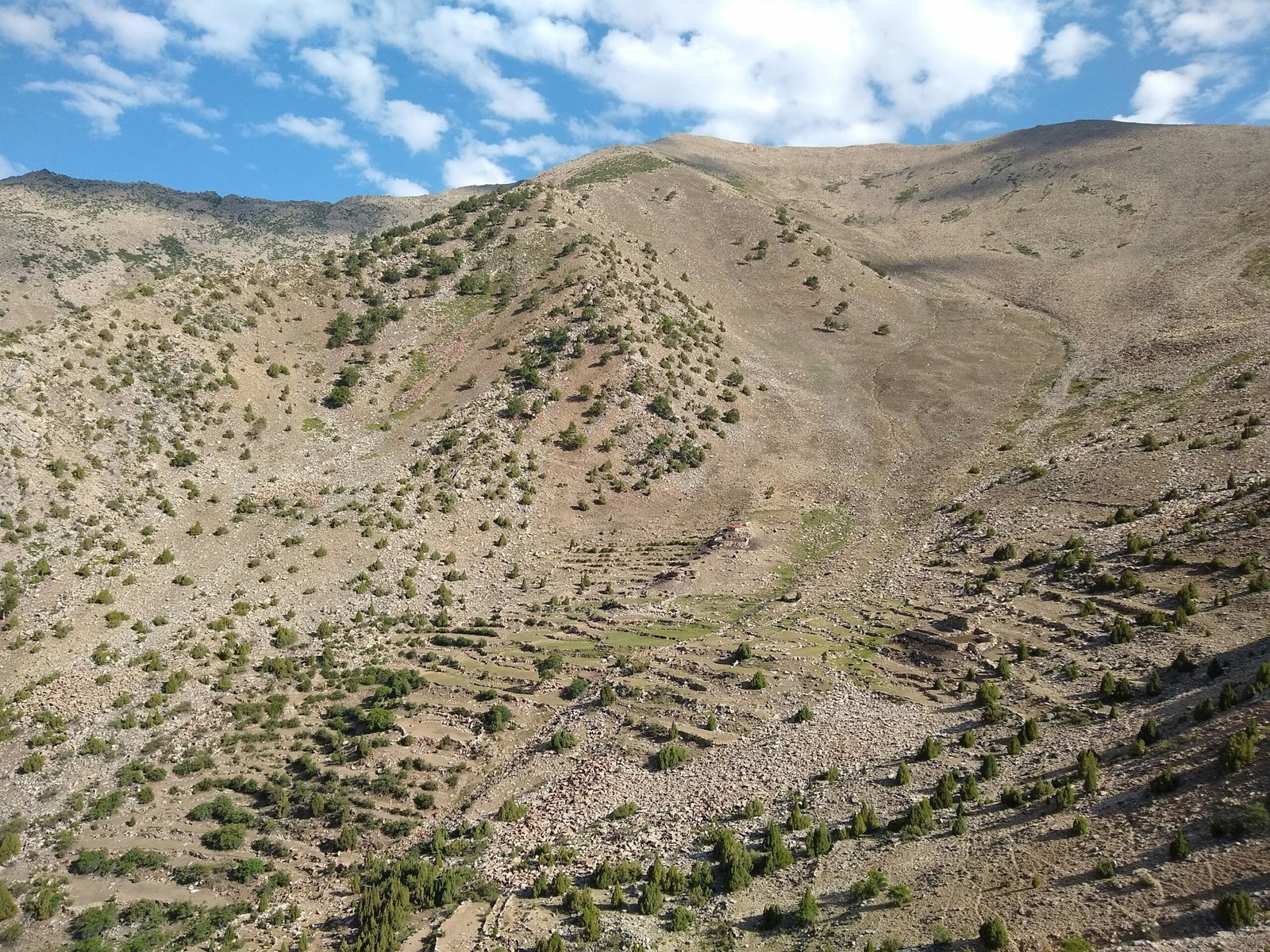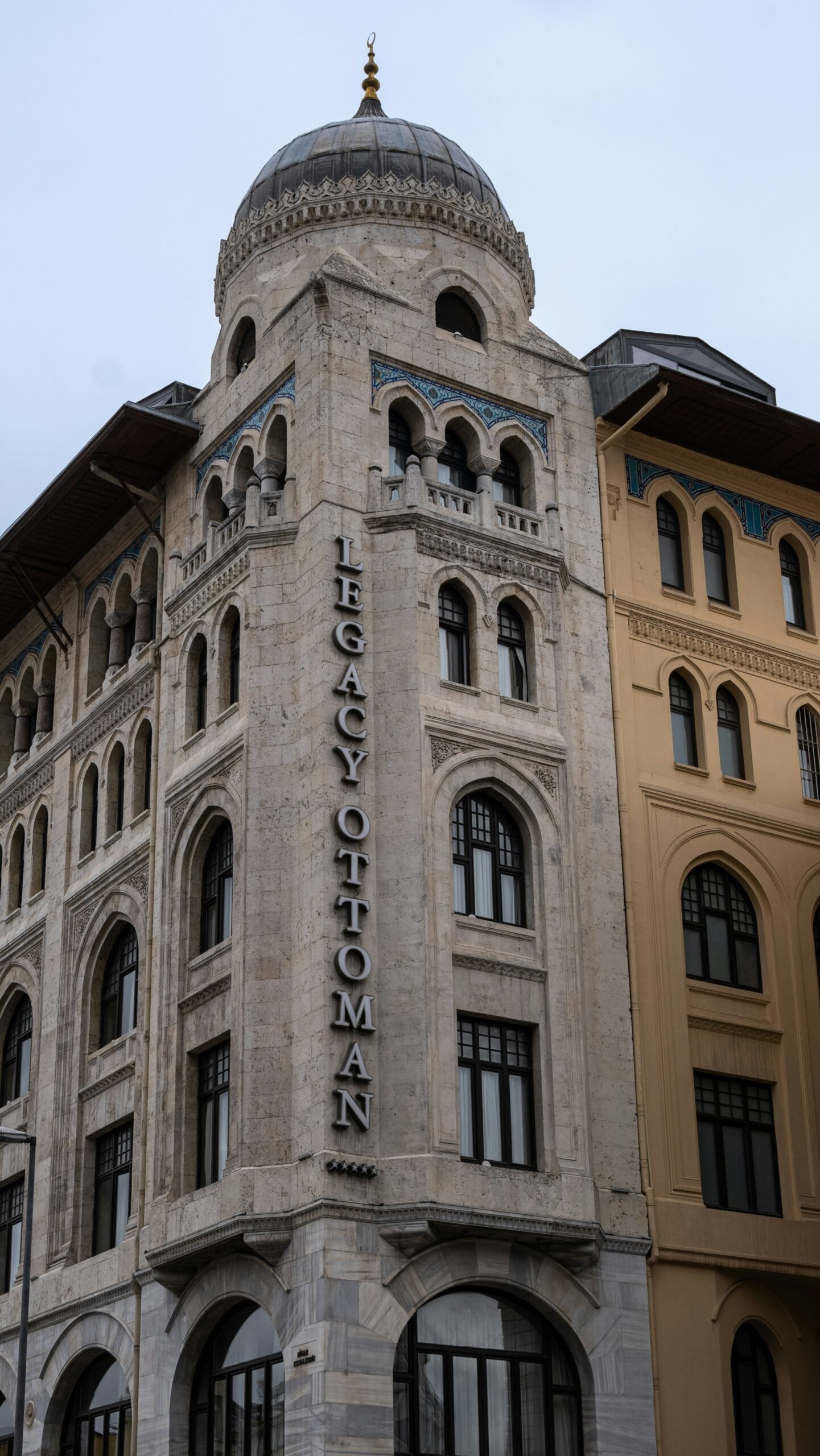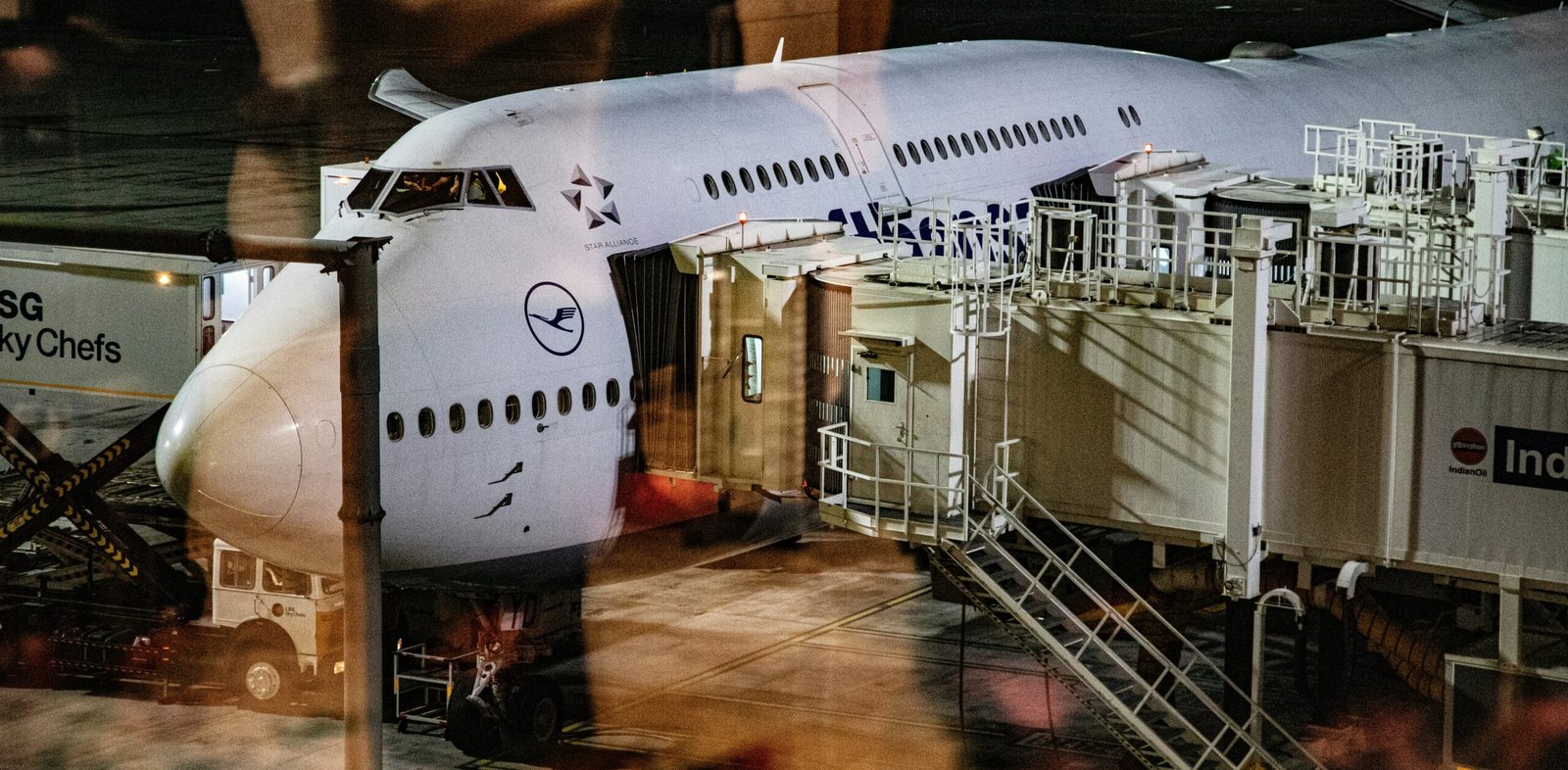Introduction to Croatia
Croatia, nestled in Southeast Europe, is a remarkable country that blends historical significance with stunning natural beauty. Bordered by Slovenia, Hungary, Serbia, Bosnia and Herzegovina, and Montenegro, Croatia’s geopolitical importance has shaped its diverse cultural tapestry. The country’s strategic location along the Adriatic Sea makes it an enticing travel destination, renowned for its picturesque coastlines and over a thousand islands waiting to be explored.
The history of Croatia is a testament to its resilience and rich cultural heritage. Initially inhabited by Illyrian tribes, the region later saw Roman, Byzantine, Venetian, Austrian, and Ottoman influences. Each of these eras has left an indelible mark on the country’s architectural and cultural landscape. From the Roman amphitheaters in Pula to the medieval walls of Dubrovnik, Croatia’s history is etched into its very fabric.
In recent years, Croatia has been gradually gaining recognition as one of Europe’s hidden gems. Its unique blend of old-world charm and modern amenities makes it an attractive destination for travelers seeking both relaxation and adventure. Visitors can indulge in a variety of activities, from exploring UNESCO World Heritage sites like Plitvice Lakes National Park to enjoying the vibrant nightlife in cities like Zagreb and Split. Croatia’s abundant natural beauty and well-preserved historical sites offer a unique travel experience.
The Croatian language, part of the South Slavic linguistic group, reflects the country’s deep historical roots and cultural complexity. While Croatian is the official language, many locals in tourist areas speak English, making it easier for visitors to navigate and appreciate the local culture. The language and the warm hospitality of the Croatian people further enrich the travel experience, creating an inviting atmosphere for international visitors.
Overall, Croatia stands out for its compelling historical narrative and enchanting natural landscapes, enticing travelers to delve deeper into its wonders. This guide aims to provide essential insights and practical information for anyone planning to explore Croatia, ensuring a fulfilling and memorable journey.
Top Attractions in Croatia
When exploring Croatia, several premier destinations capture the essence of this enchanting European country. A visit to Dubrovnik is paramount for any traveler. Known as the “Pearl of the Adriatic,” Dubrovnik is famed for its ancient city walls that encircle the Old Town. These impressive fortifications, dating back to the 10th century, offer breathtaking views of the Adriatic Sea and provide a glimpse into Croatia’s storied past.
Another gem is Plitvice Lakes National Park, a UNESCO World Heritage site renowned for its cascading lakes and vibrant turquoise waters. The park’s 16 interconnecting lakes and numerous waterfalls make for a stunning, ethereal landscape that is a must-see. Visitors can explore wooden walkways and take in the park’s diverse flora and fauna. It’s a spectacular showcase of natural beauty that should top every nature enthusiast’s list.
In Split, the historic Diocletian’s Palace stands as a testament to Roman architecture and the city’s rich history. Built at the turn of the fourth century AD for the Roman Emperor Diocletian, this expansive palace complex is now a lively hub filled with shops, restaurants, and cultural sites. The intricate architecture and well-preserved ruins make it a compelling destination for history buffs and casual visitors alike.
Lastly, the Dalmatian Islands offer an idyllic coastal escape. With their gorgeous beaches, crystal-clear waters, and charming villages, islands like Hvar, Brac, and Vis provide perfect spots for relaxation and adventure. These islands boast stunning natural beauty and a host of activities, from hiking to water sports, making them ideal for every type of traveler.
Whether one is drawn by historical significance, natural wonders, or coastal beauty, Croatia presents a diverse array of attractions. Each of these locations—Dubrovnik, Plitvice Lakes National Park, Diocletian’s Palace, and the Dalmatian Islands—offers unique experiences that highlight the rich cultural and natural heritage of this captivating country.
Best Activities to Experience
Croatia’s diverse landscape and rich cultural heritage provide a plethora of activities for both adventure seekers and cultural enthusiasts. Whether you are interested in thrilling outdoor pursuits or soaking up history and local flavors, Croatia promises an unforgettable experience.
One of the most popular activities in Croatia is island hopping in the Adriatic Sea. The country’s coastline is dotted with over a thousand islands, each offering its own unique charm. From the vibrant nightlife of Hvar to the serene beaches of Vis, island hopping allows travelers to explore stunning turquoise waters, hidden coves, and picturesque fishing villages. Regular ferry services and private yacht charters make it accessible for varying budgets and preferences.
Wine tasting in Istria is another must-do activity. This region, often referred to as the “Tuscany of Croatia,” is renowned for its rolling vineyards and world-class wines. Visitors can tour local wineries, participate in tastings, and learn about traditional wine production methods. Suggested spots include Kozlović Winery, which offers panoramic views of the vineyards, and Kabola Winery, known for its amphora-aged wines.
Hiking enthusiasts will find Croatia’s national parks irresistible. The country boasts eight stunning national parks, each with distinct landscapes. For an awe-inspiring experience, head to Plitvice Lakes National Park, where interconnected waterfalls and turquoise lakes create a paradise for hikers and nature lovers. Another excellent spot is the Paklenica National Park, which attracts rock climbers from around the world with its towering limestone cliffs.
Exploring historic towns like Dubrovnik, Split, and Trogir is indispensable for cultural aficionados. Dubrovnik, often dubbed the “Pearl of the Adriatic,” offers majestic city walls and ancient streets steeped in history. Split, home to the UNESCO-listed Diocletian’s Palace, presents a blend of Roman, Gothic, and Renaissance architecture. Trogir, set on a small island, is a well-preserved medieval town that showcases a mix of Romanesque, Renaissance, and Baroque buildings.
By incorporating a mix of adventure and culture, a trip to Croatia ensures a well-rounded, enriching experience for every traveler.
Understanding the Croatian Language
The Croatian language, known locally as “Hrvatski,” is the official language of Croatia, spoken by nearly five million people. It belongs to the South Slavic group of the Indo-European language family and shares many similarities with Serbian, Bosnian, and Montenegrin. The unique aspects of Croatian, however, reflect the country’s rich history and cultural diversity. Influenced by Latin, Italian, Hungarian, and Turkish, Croatian incorporates a variety of linguistic elements that make it distinctively charming.
For tourists, having a basic understanding of Croatian can enhance their visit significantly. Simple greetings and phrases can bridge cultural gaps and show respect towards the local community. Essential phrases include “Dobar dan” (Good day), “Molim” (Please), “Hvala” (Thank you), and “Govorite li engleski?” (Do you speak English?). Mastering these basics can not only aid in effective communication but also earn goodwill from locals who appreciate the effort to speak their language.
Travelers should also be aware of the digital resources available to them. Apps like Duolingo, Babbel, and Google Translate can be valuable tools for learning and practicing Croatian on the go. Additionally, many Croatians in urban areas and tourist hotspots speak English, Italian, or German, which can help ease communication barriers.
Moreover, understanding some cultural nuances tied to language use is beneficial. For instance, Croatians often use formal speech when addressing strangers or elders, making phrases such as “Vi” (the formal ‘you’) distinct from “ti” (the informal ‘you’). Respecting these cultural norms is crucial for establishing positive interactions.
Ultimately, acquainting oneself with the Croatian language can enrich the travel experience, offering deeper insights into the local culture and customs. While fluency isn’t necessary, courtesy phrases and cultural awareness can significantly enhance one’s journey through Croatia.
Important Facts About Croatia
Croatia, a stunning European nation, boasts a rich tapestry of history, culture, and tradition. One of the country’s most compelling aspects is its collection of UNESCO World Heritage Sites. Notable mentions include the ancient city of Dubrovnik, often dubbed the “Pearl of the Adriatic,” and the historic complex of Split with the remarkable Diocletian’s Palace. The Plitvice Lakes National Park, recognized for its breathtaking waterfalls and vibrant flora and fauna, is another standout location contributing to Croatia’s globally recognized heritage.
The cultural calendar of Croatia is equally impressive, full of vibrant festivals that celebrate the nation’s unique heritage. Among these, the Dubrovnik Summer Festival stands out, offering an eclectic mix of theater, music, and dance performances within the ancient city’s historic ambiance. The Sinjska Alka, a traditional equestrian competition held annually since 1715, is yet another cultural spectacle that embodies the endurance and spirit of the Croatian people. Meanwhile, the Zagreb Film Festival attracts cinema enthusiasts from across the globe, showcasing top-tier international and local talent.
Croatia has also given the world numerous famous personalities. Noteworthy figures include Nikola Tesla, the brilliant inventor whose pioneering work in electricity significantly shaped the modern world, and athlete Janica Kostelić, one of the most accomplished alpine skiers in the history of the sport. The literary world recognizes Croatia through the works of acclaimed authors such as Miroslav Krleža and Dubravka Ugrešić.
Unique traditions are woven into the everyday life of Croatia. From the distinct sounds of the klapa singing, recognized by UNESCO as an Intangible Cultural Heritage, to the elaborate lace-making techniques of Pag and Lepoglava, Croatian customs offer a window into a vibrant and enduring cultural identity. Visitors will also find that the local language, Croatian, is a melodic Slavic language that reflects the country’s storied past and diverse influences.
Understanding these intricacies provides a deeper appreciation for the nation’s compelling identity. Croatia is not just a destination; it is a blend of historical richness, cultural depth, and modern vibrancy that beckons discovery.
When to Visit Croatia
Determining the optimal time to visit Croatia largely depends on what activities and experiences you seek. Croatia’s climate varies significantly with its geography, meaning different regions may offer distinct seasonal advantages. An in-depth understanding of these temporal distinctions can enrich your travel experience.
In conclusion, while each season has its own charm, the best time to visit Croatia ultimately hinges on your personal preferences and the specific experiences you seek. Whether it’s sunbathing on the Dalmatian coast or enjoying a serene retreat in the national parks, Croatia offers a versatile visitation calendar.
Planning Your Trip to Croatia
When preparing for a visit to Croatia, several key factors should be taken into account to ensure a smooth and enjoyable journey. Firstly, understanding visa requirements is essential. For most European Union citizens, traveling to Croatia is visa-free for up to 90 days. However, visitors from other regions should check the specific visa requirements pertaining to their nationality before departure. It is advisable to visit the official Croatian Ministry of Foreign Affairs website for detailed and up-to-date information.
The official currency in Croatia is the Croatian Kuna (HRK). While credit cards are widely accepted in urban areas and larger establishments, it is practical to carry some cash for transactions in rural areas and smaller businesses. Currency exchange services are available at airports, banks, and exchange offices.
Transportation in Croatia is diverse and well-developed. Major cities such as Zagreb, Split, and Dubrovnik have extensive public transportation networks, including buses, trams, and ferries. Car rentals are also a popular option for those looking to explore the country at their own pace. The rail network connects many towns and cities, providing a convenient mode of travel for longer distances. For intercity travel, the extensive bus network is both reliable and cost-effective.
Regarding accommodation, Croatia offers a wide range of options to suit different preferences and budgets. Choices range from luxury hotels and resorts to budget hostels and charming guesthouses. It is recommended to book accommodations well in advance, especially during the peak tourist season, which runs from June to August.
Health and safety are paramount when traveling. Croatia is considered a safe destination, but it is always prudent to stay vigilant and aware of your surroundings. Stay informed about local health guidelines, particularly those related to COVID-19, and ensure you have necessary travel insurance which covers health emergencies. Public healthcare facilities are accessible and of high quality, but knowing the location of the nearest medical facility can be helpful in case of emergencies.
By adhering to these practical tips, visitors can maximize their enjoyment and minimize potential challenges, making their Croatian adventure as seamless as possible.
Conclusion: Embracing the Croatian Experience
In conclusion, Croatia presents itself as a unique and captivating destination that promises to enchant every traveler. The multitude of experiences it offers is as diverse as the country itself; whether you’re strolling through the ancient streets of Dubrovnik, sailing in the pristine waters around its thousands of islands, or exploring the lush, mountainous landscapes of the interior, Croatia guarantees unforgettable moments.
Throughout this guide, we have journeyed across intriguing historical sites, vibrant contemporary cultural scenes, and stunning natural landscapes that define Croatia. The unparalleled Adriatic coastline presents an idyllic setting for both relaxation and adventure. Historic towns such as Split and Zadar, with their blend of traditional and modern influences, give a deep insight into the rich cultural tapestry of this country.
Furthermore, understanding the local language and customs underscores the Croatian experience. Even though English is widely spoken, learning a few phrases in Croatian can enhance your interactions and make your visit even more enjoyable. The nation’s spirited festivals, welcoming populace, and delectable cuisine offer a genuine immersion into the Croatian way of life.
Given its favorable climate, Croatia is a year-round destination. However, spring and early autumn stand out as exceptionally delightful times to visit, offering mild weather and fewer crowds. As you plan your travels, consider not just the celebrated coastal attractions, but also the hidden gems inland that reveal the full depth of Croatia’s charm.
In embracing the Croatian experience, one does not just visit a place; one discovers a vibrant story told through every landscape, every landmark, and every local encounter. It is a place where natural beauty meets rich history, and modernity meets tradition. As you weigh your next travel adventure, let Croatia’s unique charm draw you into an unforgettable journey.


